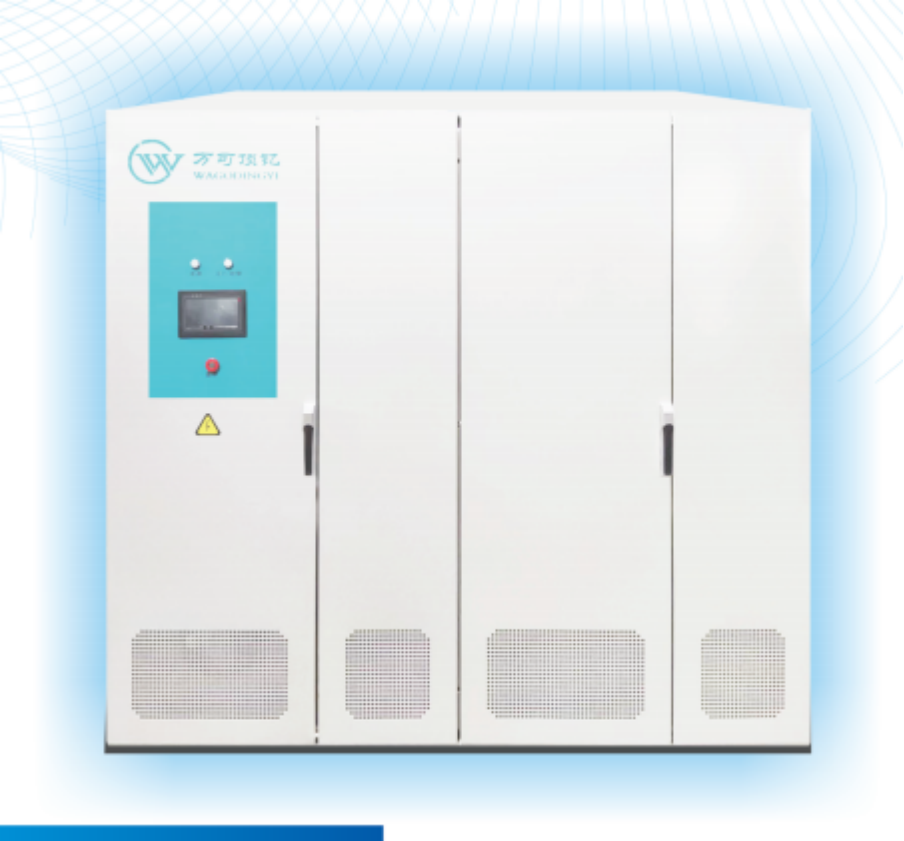wind turbine converter
A wind turbine converter serves as a critical component in modern wind energy systems, functioning as the bridge between variable wind power and stable electrical output. This sophisticated device transforms the fluctuating AC power generated by wind turbines into standardized electrical power suitable for grid integration. The converter employs advanced power electronics technology to manage voltage levels, frequency synchronization, and power quality control. It consists of multiple stages including a rectifier that converts variable AC to DC, a DC link for voltage stabilization, and an inverter that produces grid-compatible AC power. Modern wind turbine converters incorporate intelligent control systems that optimize power generation across various wind speeds, ensuring maximum energy capture while maintaining grid compliance. These systems also provide essential grid support functions such as reactive power compensation and fault ride-through capability. The converter's robust design allows for operation in harsh environmental conditions, with built-in protection mechanisms against electrical disturbances and mechanical stress. Additionally, these converters feature sophisticated monitoring and diagnostic capabilities that enable predictive maintenance and remote operation management.




